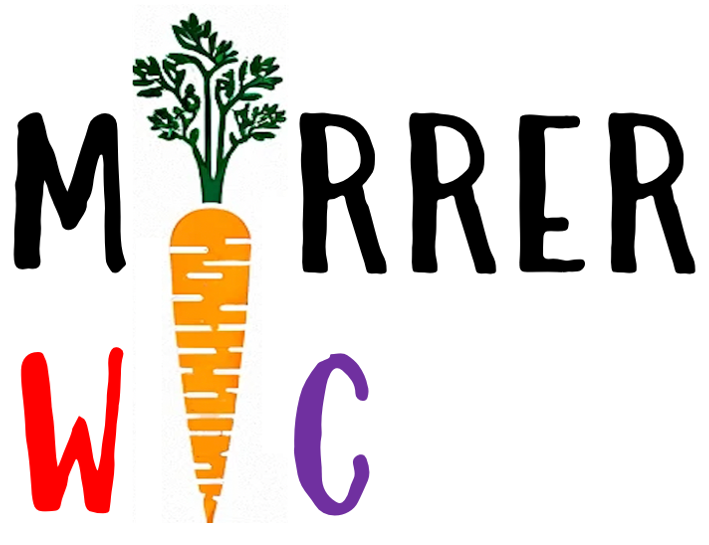Project Relevance
The Special Supplemental Nutrition Program for Women, Infants, and Children (WIC) plays a crucial role in preventing and reducing health inequities in the United States. WIC can improve the dietary intake, health status, and nutrition of pregnant individuals, infants, and children, particularly among socially marginalized and racially diverse groups. Across the US, only about 50% of people who qualify for WIC receive benefits, with notable racial disparities across and within states. Beyond state & national estimates, less is known about WIC coverage rates (i.e., the share of eligible people who receive benefits) at localized levels, such as zip code, or the interacting and multilevel factors influencing program reach.
Project Goals
With funding from the Robert Wood Johnson Healthy Eating Research Round 13, researchers at Tufts University are conducting the MIRRER-WIC project. MIRRER-WIC is a mixed methods study that will partner with WIC agencies across the 7 USDA Food and Nutrition Service Regions, including State Agencies in the USDA/Tufts Telehealth Intervention Strategies for WIC (THIS-WIC) project, to quantify and explore the determinants of racial and ethnic WIC coverage rates by zip code.
- Aim 1a (quantitative): To quantify 2022 racial & ethnic WIC coverage rates by zip code in 14 states across the U.S.
- Aim 1b: To merge census data & assess environmental influences (i.e., neighborhood opportunity) on zip code level racial & ethnic coverage rates.
- Aim 2 (qualitative): To understand organizational influences (i.e., readiness for change) on racial & ethnic coverage rates via Key Informant Interviews with WIC leaders.
MIRRER-WIC aims to generate crucial new insight for more equitable WIC intervention & policy.

